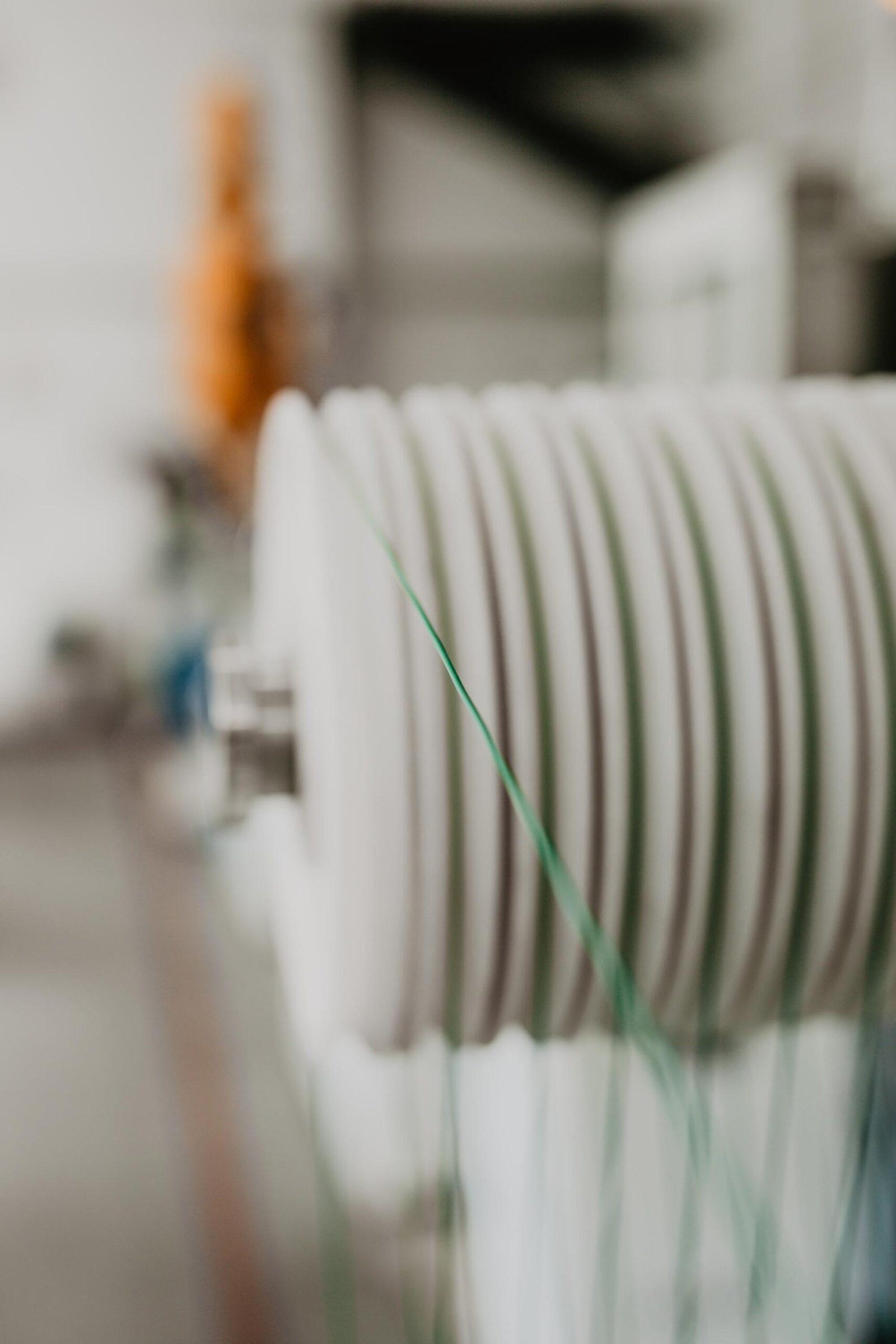Choosing the right 3D printer filament is no longer just about print quality or price—today’s makers and manufacturers are also weighing each material’s impact on the planet. If you’re searching for the top-performing, environmentally responsible options, start by exploring this updated guide to the best 3D printer filaments in 2025. It’s a helpful resource to complement a deep dive into the sustainability scores that separate eco-friendly choices from the rest.
What Is a Sustainability Score?
A sustainability score is an objective measure that ranks a filament’s eco-footprint based on a range of environmental criteria. These include the carbon footprint generated during production, the renewability of source materials, energy consumption during manufacturing and use, end-of-life options like recyclability or biodegradability, and even the environmental impact of packaging and shipping. By evaluating these factors, consumers and professionals alike can make more informed, responsible choices for their projects.
Key Factors Impacting a Filament’s Eco-Footprint
1. Raw Material Sourcing
The foundation of a filament’s sustainability starts at the source. Bio-based filaments, such as PLA, are derived from renewable resources like corn starch or sugarcane, while conventional plastics like ABS or PETG are fossil-fuel-based and contribute to resource depletion.
2. Manufacturing Process
How a filament is produced also weighs heavily in its overall score. Filaments manufactured with renewable energy or those utilizing recycled content will naturally have a lower environmental impact than those relying on energy-intensive, petroleum-driven processes.
3. End-of-Life Scenarios
Once a 3D printed object reaches the end of its usefulness, what happens next? Filaments that are biodegradable, compostable, or easily recyclable score higher in sustainability compared to those destined for landfills. Brands investing in closed-loop recycling or take-back programs also earn bonus points.
4. Packaging and Shipping
Sustainability isn’t just about the material itself. The use of recycled or minimal packaging, and efforts to reduce shipping distances, further improves a filament’s eco-footprint.
Ranking Popular 3D Printing Filaments by Sustainability Score
PLA (Polylactic Acid): The Green Leader
PLA consistently ranks highest among standard filaments for eco-friendliness. Made from renewable plant-based sources, it is biodegradable under industrial composting conditions and requires less energy to produce. However, its compostability is limited to specific facilities, and not all PLA ends up there—so responsible disposal is key.
PETG (Polyethylene Terephthalate Glycol): The Balanced Choice
PETG offers a middle ground. While it’s derived from fossil fuels, PETG is more easily recyclable than ABS and is increasingly available in recycled (rPETG) variants. Its lower emissions during printing also make it a safer option in terms of indoor air quality.
ABS (Acrylonitrile Butadiene Styrene): Durable but Costly for the Planet
ABS is valued for its toughness but falls short on sustainability. Its petroleum origins, higher energy requirements for manufacturing, and tendency to emit volatile organic compounds (VOCs) during printing all contribute to a higher carbon footprint. Additionally, ABS is neither biodegradable nor widely recycled.
Nylon: The Industrial Powerhouse
Nylon is popular for its strength and flexibility, yet most variants are petroleum-based and challenging to recycle. Some manufacturers have started offering nylon filaments made with recycled content, which helps mitigate its environmental impact, but these are not yet industry standard.
TPU (Thermoplastic Polyurethane): The Flexible Contender
TPU stands out for flexibility and durability, but its complex chemical structure makes recycling difficult. While some brands offer bio-based TPUs, the vast majority are petroleum-derived, which weighs down their sustainability score.
Exotic and Recycled Filaments: Innovations on the Horizon
The growing market for specialty filaments is bringing innovative, sustainable options to the forefront. Filaments made from recycled PET bottles, wood, algae, or even coffee grounds are gaining attention. These materials often boast a much smaller eco-footprint—especially when made with local or post-consumer content. However, their print performance and availability may vary.
How to Choose a Greener Filament
If reducing your 3D printing footprint matters, always check the sustainability score or criteria published by the manufacturer. Look for certifications (like compostability or recycled content), and consider the full lifecycle: source, use, and end-of-life. Simple steps—like minimizing print waste, recycling supports and failed prints, and choosing brands committed to sustainability—make a real difference.
The Future of Sustainable 3D Printing
The landscape of sustainable 3D printing is evolving quickly. Research into biopolymers, improvements in recycling processes, and increasing demand from eco-conscious makers are all pushing the industry to innovate. Brands that lead on transparency, sustainable sourcing, and closed-loop manufacturing will shape the market for years to come.
Conclusion
As environmental concerns become inseparable from technology and creativity, it’s up to every maker to weigh not just the performance, but also the planetary impact of their material choices. Sustainability scores offer a valuable lens for comparison—making it easier than ever to choose 3D printing filaments that are both high-quality and earth-friendly. For a curated look at the best sustainable filaments this year, don’t forget to check out the latest recommendations from FilaLab.

